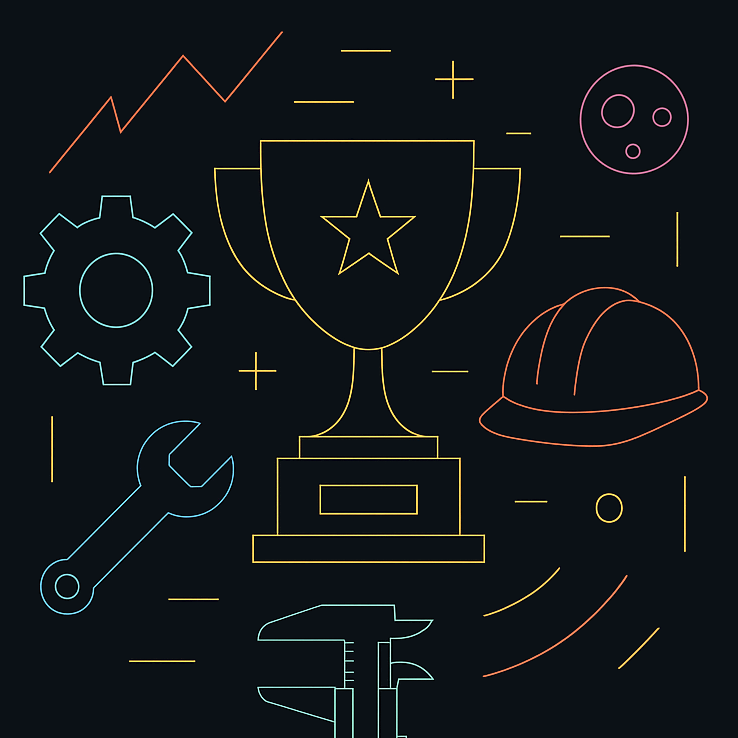11th grade at El Capitan High School (Merced, California)
Honorable Mention
Rolling hills of sweet almond blossoms, vines of plump grapes, and delicate pistachio clusters encompass the charming town that I call home in the heart of California. Here in the Central Valley, the epicenter of agriculture, farmers produce over 250 different varieties of crops that can feed 25% of the whole country (DeLonge, 2022). But as our world population exponentially grows and land available for cultivation becomes scarce, farmers face a huge dilemma: keeping up with the increasing food demand. However, everything changed in the 20th century when bioengineers discovered how to make direct changes to an organism’s genome to maximize crop yields and grow larger fruits and vegetables. This signified the emergence of GMOs, or genetically modified organisms, that would completely transform the agricultural industry.
All this can be traced back to the work of Mary-Dell Chilton, the first scientist and woman to create a genetically modified plant. Collaborating with Professor Andrew Binns, Ph.D., at the University of Pennsylvania and a team of bioengineers, Chilton studied Agrobacterium tumefaciens, a type of bacteria, and the unique properties that enable it to transfer genes to other organisms (Richardson, 2016). Chilton and her team started their experiment by isolating a yeast gene using recombinant DNA technology. Then, they spliced it into the Agrobacterium plasmid, which is a circular molecule located in bacteria that has the ability to transfer DNA (Ania & Mark, 2012). Chilton inserted the plasmid into the cells of a tobacco plant, which resulted in a tobacco plant that was able to produce alcohol dehydrogenase: a quality unique to the yeast cell (Gewin, 2016).
Despite the obstacles she faced as a woman at a time when they were discouraged from attending college, she continued doing biotechnology research and published more than 100 scientific articles. She also earned numerous awards including the World Food Prize Laureate in 2013, an international award recognizing individuals who have taken a leap toward ending world hunger by improving the quality, quantity, and availability of food (Richardson, 2016). In an interview with Syngenta, she said, “Pursue what you love and what fascinates you and the rest will follow.” Her words empowered women and minority groups wishing to pursue a career in STEM and bioengineering all over the world.
By taking into account different perspectives from diverse backgrounds, genetic engineers have discovered creative ways to solve issues that are relevant to their community. Dr. Priva Namanya Bwesigye is one woman in particular who has personally witnessed the impacts of Vitamin A deficiency and malnutrition in pregnant women and children in rural areas of Africa. She is the lead researcher at the National Agricultural Research Laboratories in Uganda specializing in bananas (Prasad, 2020). Worldwide, Vitamin A deficiency has caused over 500,000 cases of blindness, xerophthalmia, immune system problems, and over 2 million deaths per year in young children (Norero, 2018).
Bwesigye and her team of scientists used genetic engineering to create disease-resistant biofortified banana plants with iron and beta-carotene, an orange pigment compound that is the precursor to Vitamin A. The gene producing Vitamin A was extracted from a type of non-edible banana native to Southeast Asia, and another gene was extracted from green pepper that prevented the contraction of a disease called banana bacterial wilt (Mwesigwa, 2017). Afterward, the genes were introduced into the banana plant through the Agrobacterium, the same method Mary-Dell Chilton discovered. One banana contains half the recommended value of Vitamin A for children and pregnant mothers (Afedraru, 2018).
After the biofortified bananas were tested for safety and efficacy by the Biosafety Bill of Uganda, they were released for public consumption in 2021. Not only did nutrition in Uganda drastically improve, but the environment was also less harmed due to the decreased usage of pesticides and herbicides.
As more women and racially diverse engineers are involved in designing solutions, we have witnessed the overlapping of different sectors such as biology, agriculture, and healthcare. While GMOs might not have the same purpose for farmers in the Central Valley compared to banana growers in Uganda, it brings us one step closer to a more sustainable future where everyone can live in peace and unity. With the solution right at our fingertips, the possibilities are endless and it’s only reasonable that we all go bananas over bioengineering.
References
These winning entries in the 2023 EngineerGirl Writing Contest showcase how female and/or non-white engineers have contributed to or can enhance engineering’s great achievements. Congratulations to all winners and finalists!